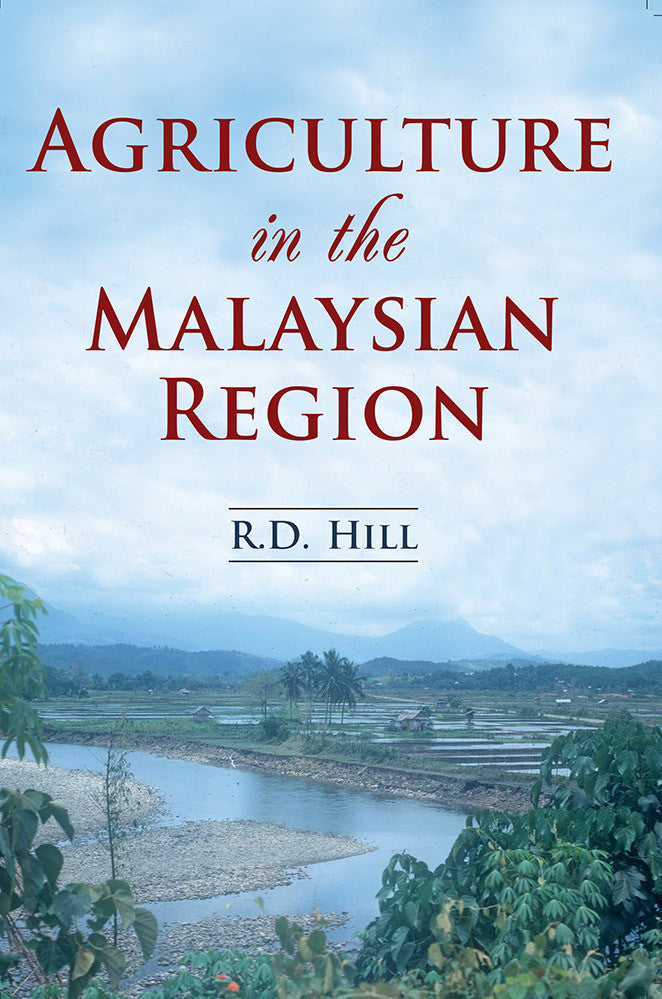Agriculture in the Malaysian Region
$38.00 SGD
Malaysia's transition from a country dependent on agriculture and mining to an industrialized society is readily apparent, but the process of change remains poorly understood. When R.D. Hill began studying agriculture in Malaysia, Singapore and Brunei in the 1960s, he found swiddening, market-gardening, semi-commercial wet-rice cultivation and large scale plantations. Today, Malaysian agriculture has become highly capital-intensive and increasingly specialized, and many forms of production have all but disappeared. Once dependent on the export of primary products such as tin, rubber and palm oil, Malaysia is now an industrialized, middle income country. Singapore has nearly abandoned its primary sector.
This completely revised edition of Hill's 1982 study, with two lengthy new chapters, explains the evolution of agriculture in Malaysia, Brunei and Singapore over the last forty years, with particular attention to the agro-ecosystems of the major crops.
“...is a splendid book complementing studies of particular agricultural industries. It also records and analyses in interesting detail processes of geographical and structural change paralleled elsewhere in Southeast Asia and internationally, far beyond the Malaysian context and directly affecting half the world’s population. This study of a small but dynamic part of the developing world is highly recommended to all wanting to better understand agricultural transition and how to achieve balanced social and economic growth.” - Colin Barlow
R.D. Hill is concurrently Honorary Professor in the Department of History and in the School of Biological Sciences at The University of Hong Kong. He taught at the University of Singapore from 1962 until 1973. He is also the author of Rice in Malaya.
Publication Year: 2013
368 pages, 229mm x 153mm
Paperback
ISBN: 978-9971-69-601-6
NUS Press

